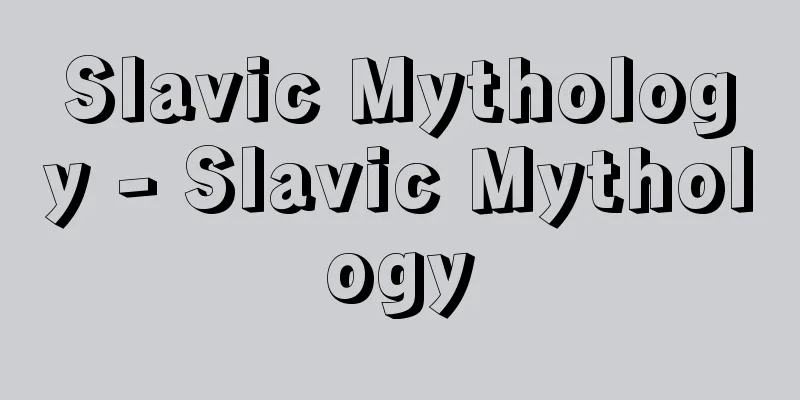Impu - Imp

|
When the study of ancient bronze vessels and characters on monuments (epigraphy) arose in the Song Dynasty in China, the collection and study of ancient seals from the Han Dynasty also became popular, and the compilations of these seals were called "inpu" and were highly respected. Later, compilations of works by so-called seal engravers from the Ming and Qing dynasties onwards were also made, but the inpus that are still highly valued are those that collect seals from the Han Dynasty. The beginning of the Seal Collection is said to be the Xuanhe Seal Collection from the time of Emperor Huizong of the Song Dynasty, but this is no longer available today, and the oldest is the Collected Ancient Seals Collection (1572) by Gu Zhongde of the Ming Dynasty. However, even this is only a later copy, and although it is highly valued by connoisseurs, its content is inferior to later works. During the Qing Dynasty, with the advancement of epigraphy, the study of ancient seals became popular and the number of collectors increased, resulting in the creation of many excellent Seal Collections that selected the finest items from their family collections. Among these, Chen Jieqi's Collected Seals of the Ten Bells Mountain House (1883) is well known as a representative example of outstanding quantity and quality. In Japan, as seal carving became more popular from the end of the Meiji period through the Taisho period, people began to appear who excelled at identifying old seals, had rich collections, and created seal encyclopedias that were comparable to those of the Qing dynasty. One such example is Ota Muan's Fuenshu Koinpu (1929). He also wrote books on the study of old seals and seal encyclopedias. After World War II, research progressed further, and even more excellent seal encyclopedias were produced. Since seals are difficult to press, they are produced in extremely small numbers, such as 10 or 20 copies, and the market price is very high. Since they are not affordable for ordinary hobbyists, particularly famous ones are printed as facsimiles, but even these are limited in number and are not cheap. If you want to see old seals, you have no choice but to look at excerpts published in the Complete Collection of Calligraphy. [Fushimi Okiyoshi] "Complete Collection of Calligraphy, Volume I: Seal Collection (China) and Volume II: Seal Collection (Japan)" (1968, Heibonsha) Source: Shogakukan Encyclopedia Nipponica About Encyclopedia Nipponica Information | Legend |
|
中国、宋(そう)代に古銅器や碑刻の文字を研究する学問(金石学)がおこると、漢代の古印の収集研究も盛んとなり、それを集録したものは「印譜」とよばれ尊重された。のちには、明(みん)・清(しん)以後のいわゆる篆刻(てんこく)家の作を集めた譜録もつくられるようになったが、やはり依然として重んぜられている印譜は漢代の印を集めたものである。 印譜の始まりは、宋の徽宗(きそう)のときの『宣和(せんな)印譜』であるといわれているが、これは今日は伝わらず、明の顧従徳(こじゅうとく)の『集古印譜』(1572)がもっとも古い。しかしこれとても後の複製本がみられるのみで、好事家(こうずか)には珍重されるが、内容は後のものに劣る。清朝になると、金石学の進歩とともに、古印の研究も盛んになり、収蔵家も多くなって、家蔵の精品をすぐった優秀な印譜が多くつくられたが、なかでも量質ともに傑出したものの代表として、陳介祺(ちんかいき)の『十鐘山房印擧(じっしょうさんぼういんきょ)』(1883)の名が高い。 日本においても、明治末から大正時代にかけて篆刻が盛んになるに伴って、古印の鑑識に優れ、収蔵に富んで、清朝人に劣らぬ印譜をつくった人も現れる。太田夢庵(むあん)の『楓園集古印譜(ふうえんしゅうこいんぷ)』(1929)などはその一つである。彼には古印ならびに印譜研究の著書もある。第二次世界大戦後は研究がさらに進み、いっそう優れた印譜が出ている。 印譜は、押しにくい古印を一つ一つ手押しするために、製作部数も10部とか20部とか極端に少なく、市場価額は非常に高い。とうてい一般の趣味家などの買えるものではないので、とくに有名なものは印刷複製本がつくられるが、それすら部数が限られ、廉価とはいえない。古印を見ようとするには、普通『書道全集』などに載せられている抜粋によるより仕方がない。 [伏見冲敬] 『『書道全集 別巻Ⅰ印譜(中国)・別巻Ⅱ印譜(日本)』(1968・平凡社)』 出典 小学館 日本大百科全書(ニッポニカ)日本大百科全書(ニッポニカ)について 情報 | 凡例 |
<<: Infant school (English spelling)
>>: Impedance - Impedance (English spelling)
Recommend
Ani Mine
A general term for the gold, silver, and copper mi...
Diwali (English spelling)
A Hindu festival. It means "row of lamps.&quo...
Zhangzhou
A city in southern Fujian Province, China. Populat...
Machines, tractors, stations (English) Mashinno-Traktornaya Stantsiya (Russian)
The abbreviation is MTS. During the period of ful...
Andesite - Andesite (English spelling)
It is usually a phenocryst-like volcanic rock com...
Needlefish - Datsu (English spelling)
A general term for marine fish belonging to the o...
Mr. Mizutani
A medieval samurai family. The family name was Fuj...
Luminance distribution
This refers to the difference in brightness (lumin...
Arafat (person's name) - Arafat
…The name Palestine Commando suddenly became know...
Visual flight rules (VFR)
A flight method in which an aircraft flies by visu...
Keteleeria
...The family Pinaceae consists of 10 genera and ...
Glue - Glue
〘Noun〙 A low-quality gelatin made by boiling anima...
Coyote - koyote (English spelling)
An animal of the order Carnivora and family Canid...
Rakugetsudo Soushi
?-? A comic writer in the mid-Edo period. During ...
Aha (alcohol) - Aha
…The Spaniards began to use it as a general term ...


![Karukado [mountain] - Karukado](/upload/images/67d0275e818f7.webp)






